Caring For Kiwi: How To Grow Hardy Red Kiwi Fruit

Do you like the taste of kiwi fruit, but aren't crazy about the fuzz? The Hardy Red kiwi (Actinidia purpurea) produces grape-sized, fuzz-less fruit with an authentic kiwi flavor. Unlike their fuzzy cousins, hardy kiwi can survive temperatures as low as -25 degrees F. (-32 C.). Plus, the attractive Hardy Red kiwi vine makes the perfect canopy crop for a veranda or pergola.
How to Grow Hardy Red Kiwi
Like all species of kiwi, Hardy Red requires both a male and female plant to produce fruit. These deciduous climbing vines can reach 30 feet (9 m.) and bear fruit on second-year wood. A sturdy trellis or arbor is required to support the vines.
Hardy Red kiwi vine can be started from seed by sowing indoors in late spring. Although mature vines are winter-hardy, new growth can be damaged by frost. Keep seedlings well-ventilated to prevent damping off. When propagating by seed, gardeners should expect a higher ratio of male to female vines.
Fresh kiwi seeds can also be started in the fall. Germination rates with fresh seed are generally faster with sprouts appearing two to three months after sowing. A fall-started vine requires overwintering inside a greenhouse. Seedlings can be transplanted into a permanent location after the danger of frost passes in late spring or early summer.
Kiwis can be propagated from cuttings, which allows gardeners to obtain a higher ratio of female vines. Cuttings can be taken anytime during the growing season but starting semi-woody cuttings in July or August offers the most success.
Hardy Red kiwi fruit prefers a consistently moist soil with good drainage. Avoid planting the crowns where the soil remains soggy or becomes overly dry. A rich loam with plenty of sunlight is ideal for these perennial vines. Hardy Red can be grown in partial shade, but fruit yields will be lower.
Caring for this kiwi is not difficult, as Hardy Red has no reported disease or pest issues. It's resistant to honey fungus and easily pollinated by bees and other insects.
Gardening tips, videos, info and more delivered right to your inbox!
Sign up for the Gardening Know How newsletter today and receive a free copy of our e-book "How to Grow Delicious Tomatoes".
Prune lightly in the winter to maintain shape and control vines. Heavy pruning can reduce fruiting the following season.
Hardy Red Kiwi Fruit
It takes three to four years for Hardy Red to begin producing, but it's well worth the wait. The bite-sized fruit has a sweeter flavor than the larger species of kiwis. The red flesh contains small edible seeds, as do all kiwis, but the cranberry red skin is smooth and tender. No peeling is necessary with these kiwis, simply pop them in your mouth like grapes.
Hardy in USDA zones 4 through 9, the female Hardy Red kiwi vine produces fragrant white flowers in May. The fruit ripens between September and October in most areas. Gardeners can expect to harvest 100 pounds (45 kg.) or more of delicious fruit once the vines have matured.

Laura Miller has been gardening all her life. Holding a degree in Biology, Nutrition, and Agriculture, Laura's area of expertise is vegetables, herbs, and all things edible. She lives in Ohio.
-
 Looking For Plants To Give You The Soft And Fuzzies? Try These 5 Fuzzy Leaf Plant Options
Looking For Plants To Give You The Soft And Fuzzies? Try These 5 Fuzzy Leaf Plant OptionsLovers of texture, drama, silver foliage and tactile plants will adore these special sensory garden additions. These fuzzy leaf plant options will leave you all aglow
By Susan Albert
-
 Get Ready For A Summer Of Hummers! Grow These Full Sun Hummingbird Plants and Flowers
Get Ready For A Summer Of Hummers! Grow These Full Sun Hummingbird Plants and FlowersIf you’re lucky enough to enjoy a sunny backyard, make sure you are maxing out on your pollinator opportunities and grow these full sun hummingbird plants and flowers
By Tonya Barnett
-
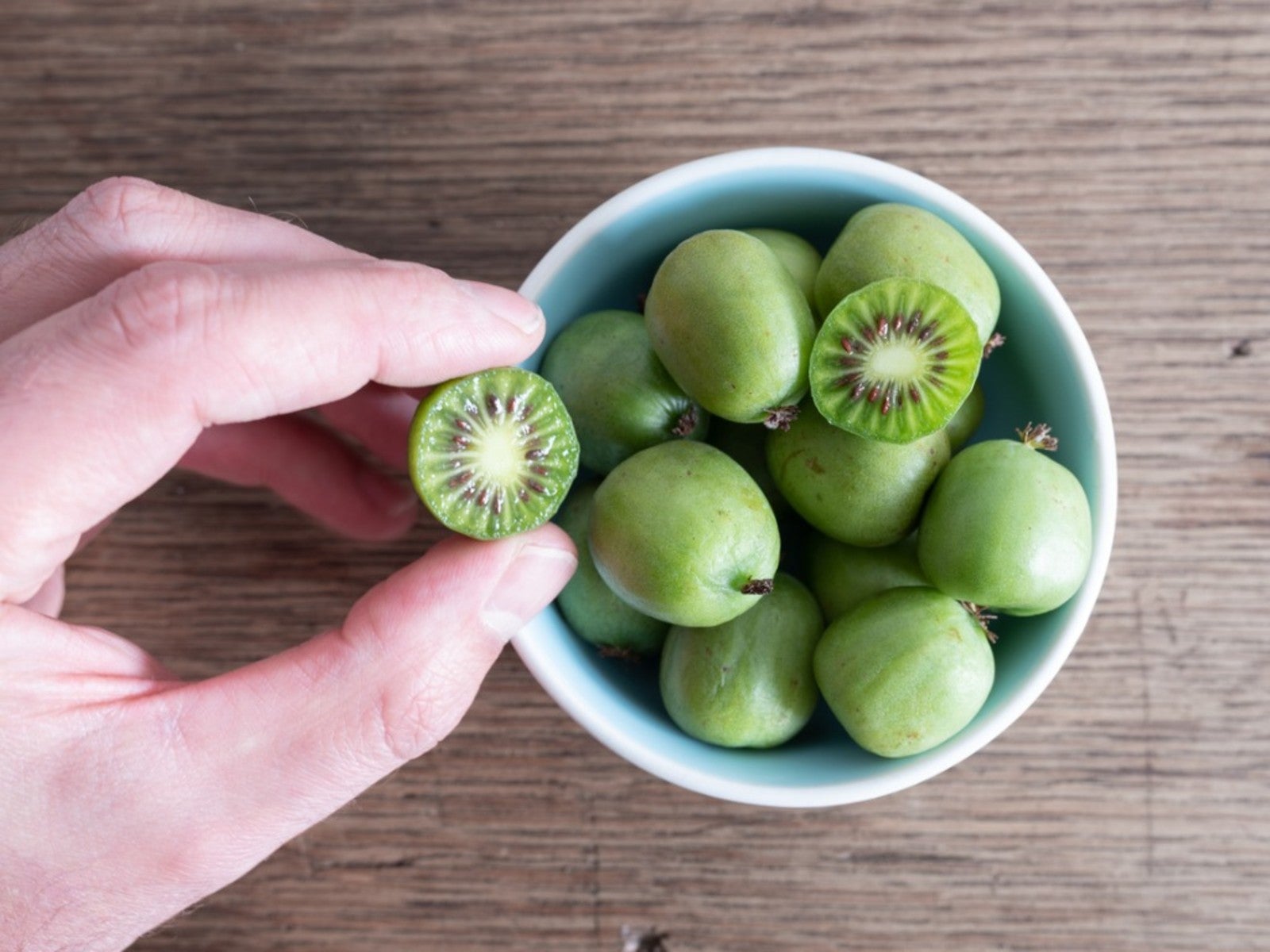 Kiwiberry Care Guide – Learn About Kiwiberry Growing Conditions
Kiwiberry Care Guide – Learn About Kiwiberry Growing ConditionsLove kiwis but wish they didn't have the fuzzy, gritty skin? Enter the kiwiberry. Read on for more info about these weird little fruits.
By Bonnie L. Grant
-
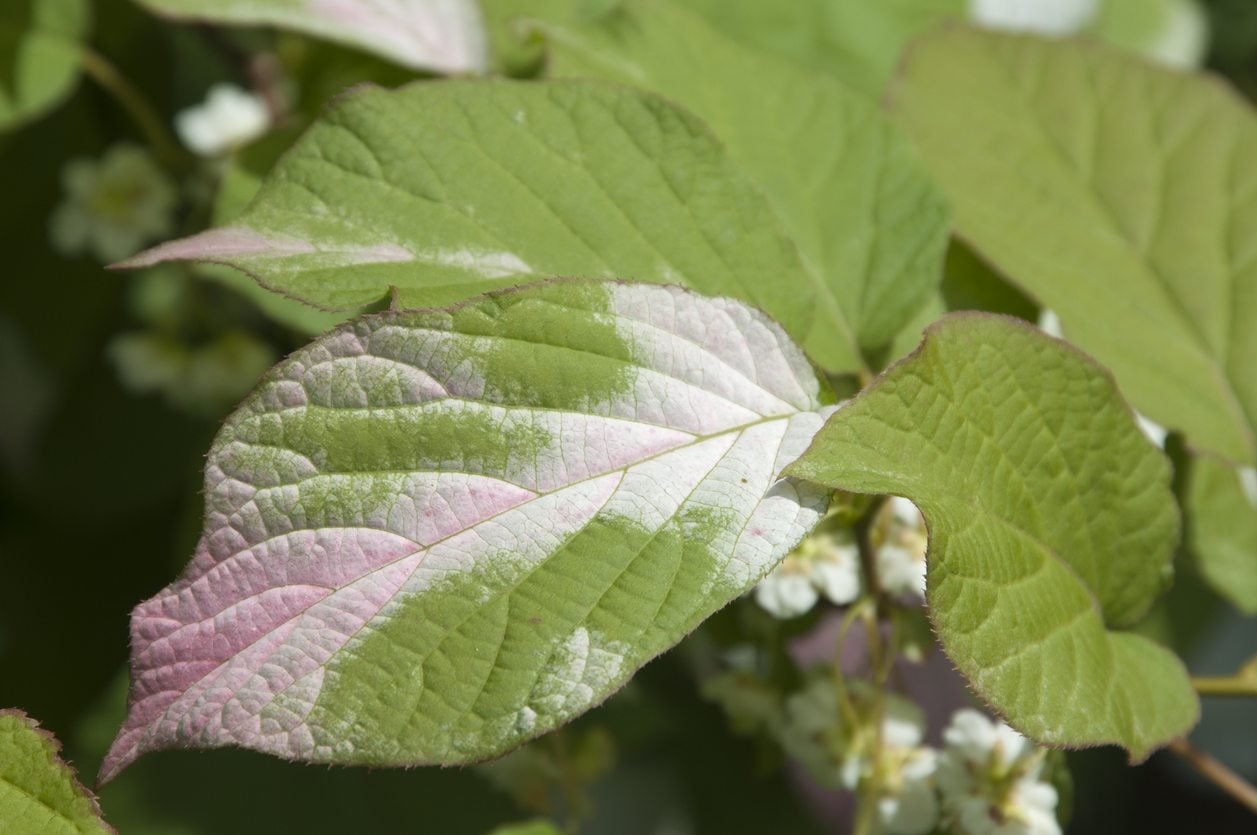 Tricolor Kiwi Information: How To Grow A Tricolor Kiwi Plant
Tricolor Kiwi Information: How To Grow A Tricolor Kiwi PlantActinidia kolomikta is a hardy kiwi vine that is commonly known as tricolor kiwi plant because of its variegated foliage. Also known as arctic kiwi, it is one of the hardiest of the kiwi vines. For tips on growing tricolor kiwi, click this article.
By Darcy Larum
-
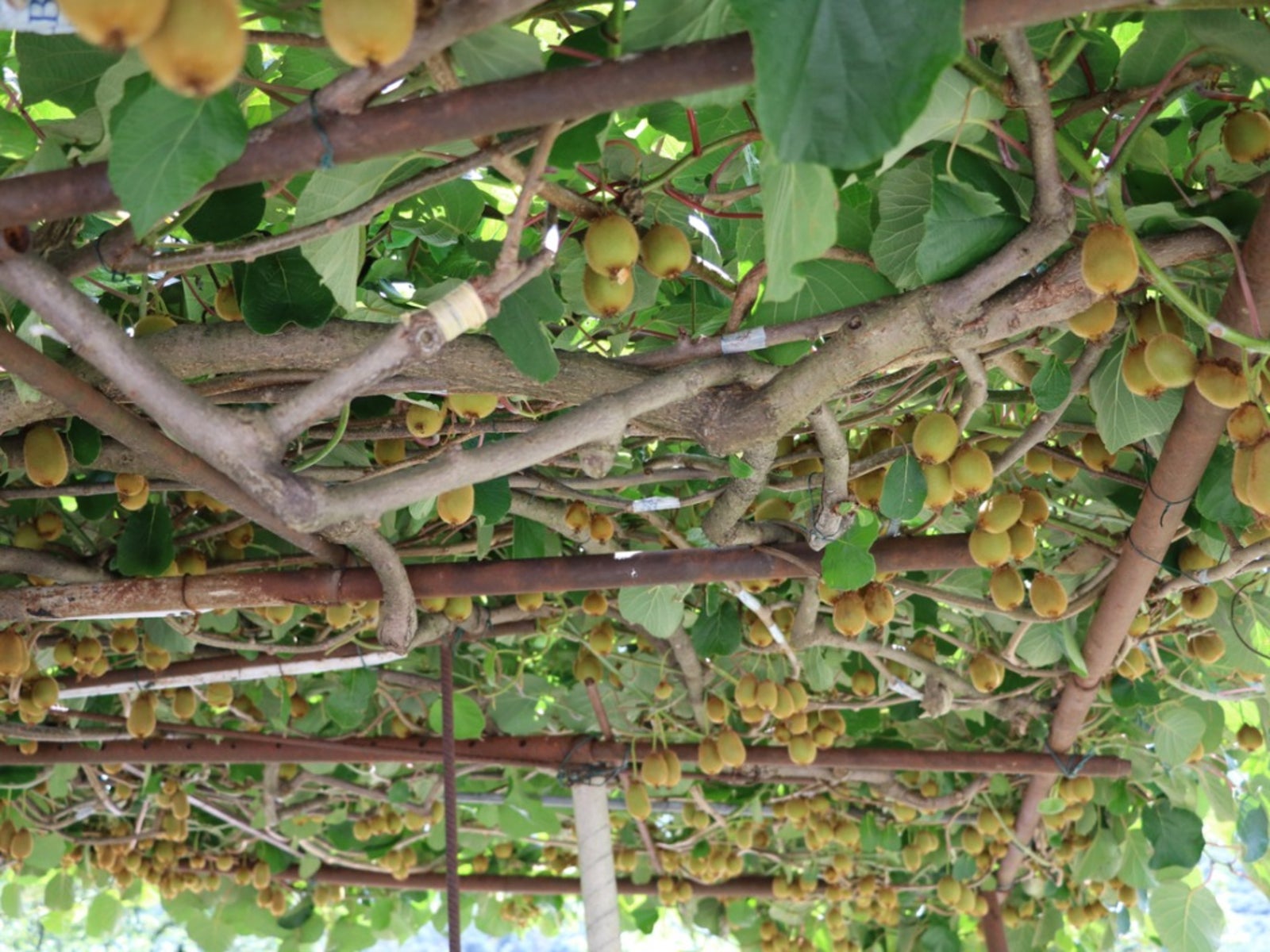 Kiwi Plant Trimming: Pruning Mature Kiwi Vines In The Garden
Kiwi Plant Trimming: Pruning Mature Kiwi Vines In The GardenRegular pruning is an essential part of caring for kiwi vines. Kiwi vines left to their own devices quickly become a tangled mess. But pruning overgrown kiwi vines is also possible if you follow simple trimming steps. This article will help.
By Teo Spengler
-
 Fruit Companion Planting: Companion Planting Around Kiwi Vines
Fruit Companion Planting: Companion Planting Around Kiwi VinesCompanions for kiwi can help the plants grow more vigorously and fruit more prolifically. Not every plant is an ideal kiwi companion plants, though. What plants make the most ideal kiwi plant companions? Click this article to learn more.
By Amy Grant
-
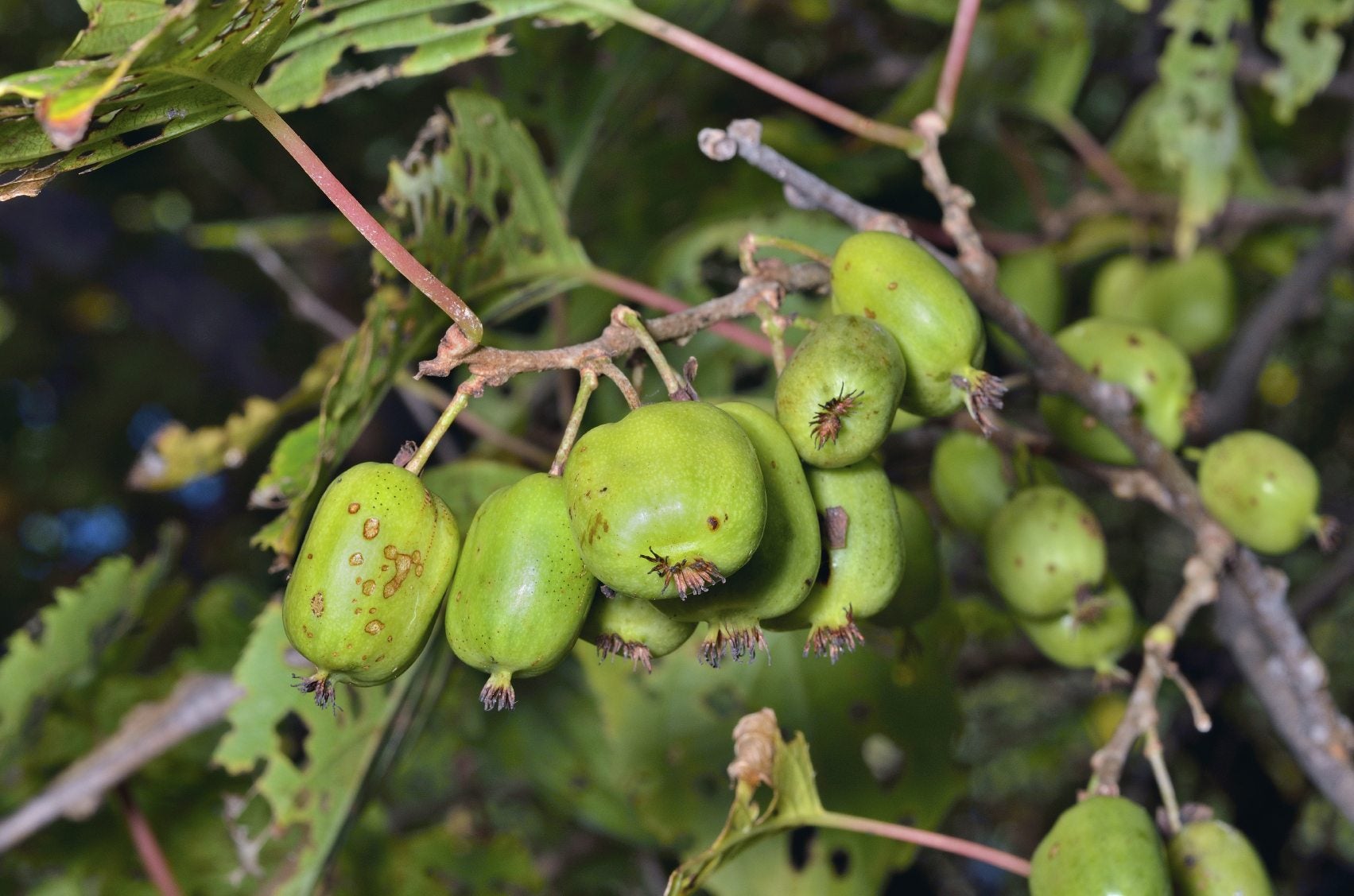 Hardy Kiwi Diseases: How To Treat A Sick Kiwi Plant
Hardy Kiwi Diseases: How To Treat A Sick Kiwi PlantWhile the kiwi plant is tough and relatively easy to grow, it can fall prey to various kiwi plant diseases. You can learn more about the diseases of kiwi and their treatment in this article. Click here for more information.
By Mary H. Dyer
-
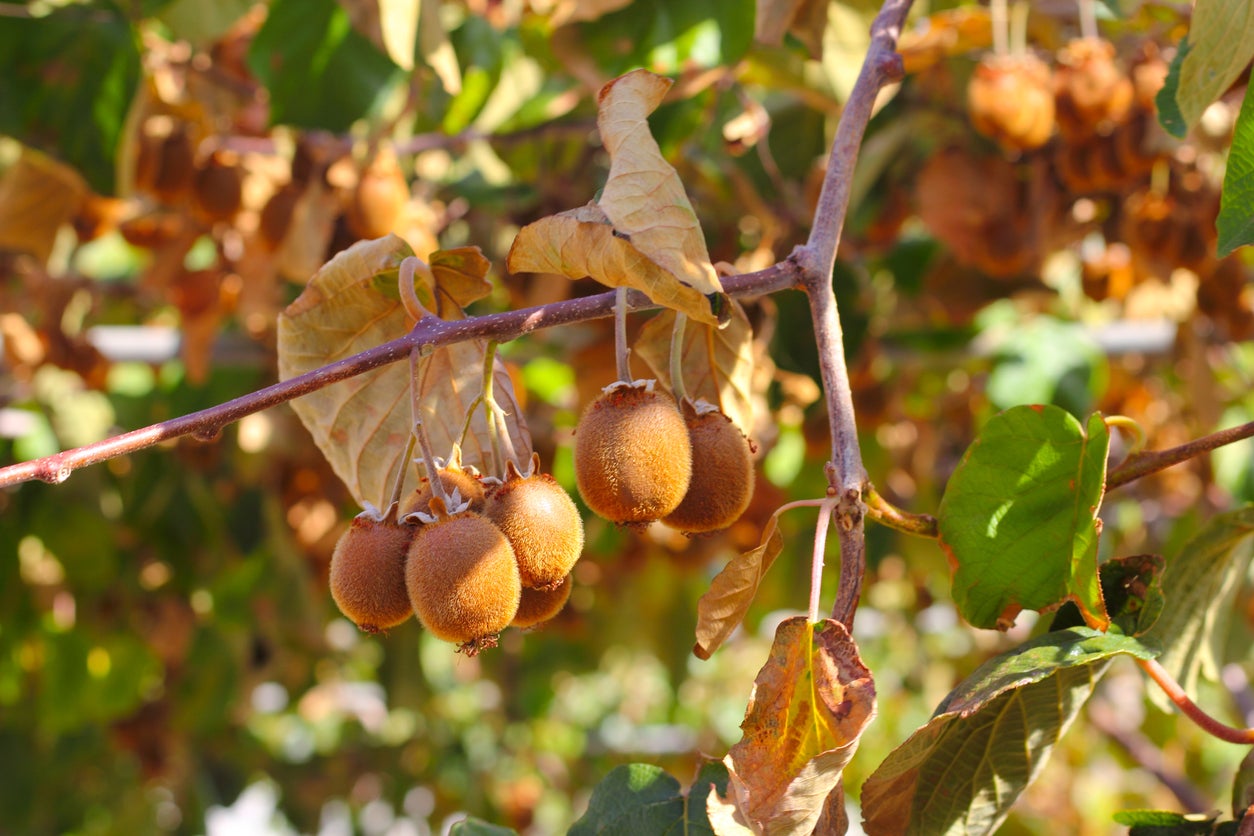 Kiwi Leaves Turn Brown – Reasons For Kiwi Vines Turning Yellow Or Brown
Kiwi Leaves Turn Brown – Reasons For Kiwi Vines Turning Yellow Or BrownHealthy kiwi leaves are a brilliant green during the growing season, and you might well become worried when your kiwi leaves turn brown or you see yellowing kiwi plants. Click this article for information about steps to take when you see kiwi leaves turning yellow.
By Teo Spengler
-
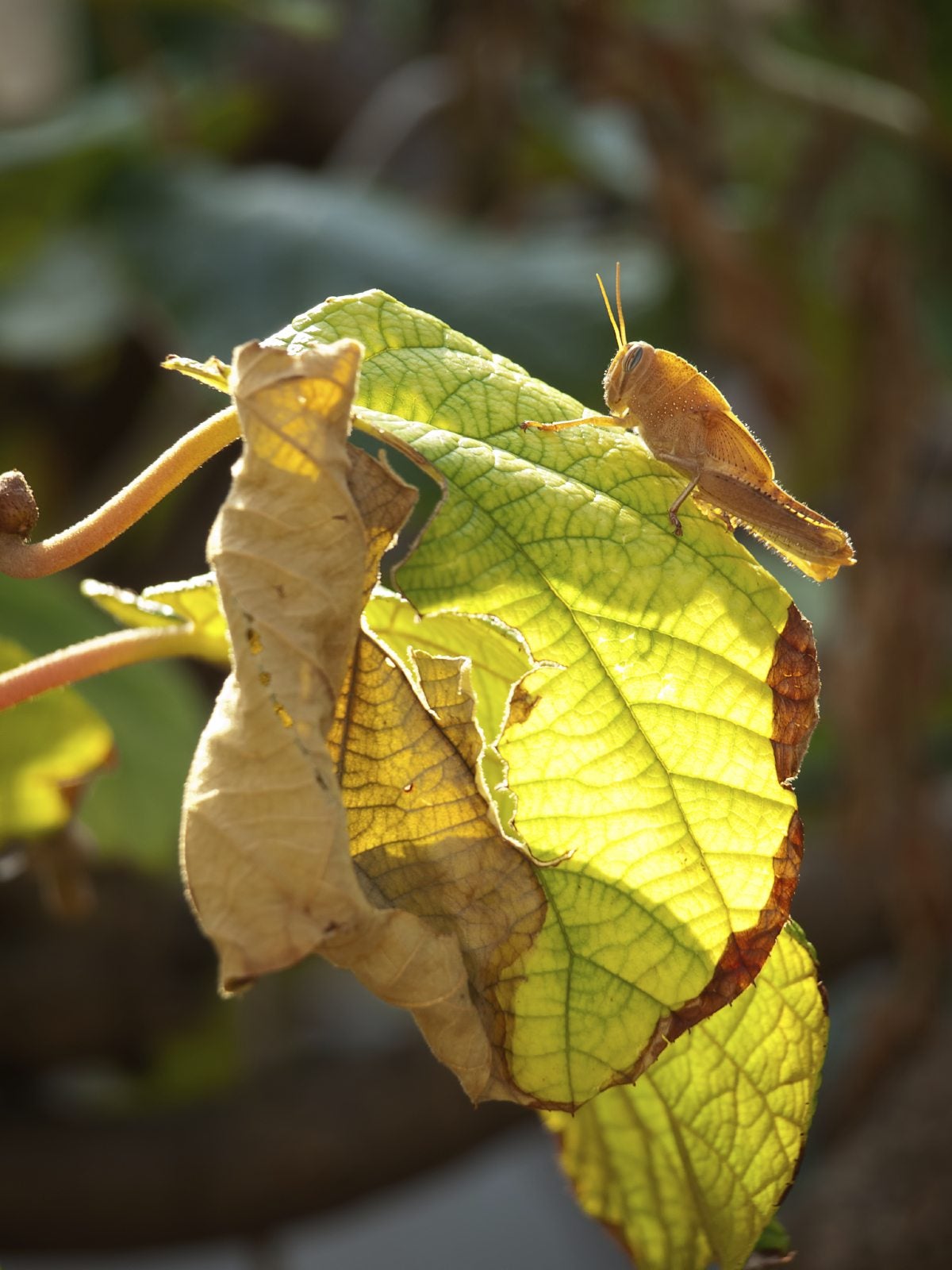 Pests Of Kiwi Vines: Information For Treating Kiwi Bugs
Pests Of Kiwi Vines: Information For Treating Kiwi BugsWhile kiwi plants are tough and relatively easy to grow, they can fall prey to various kiwi plant pests. Learn more about kiwi insects and tips for treating kiwi bugs in this article. Click here for additional information.
By Mary H. Dyer
-
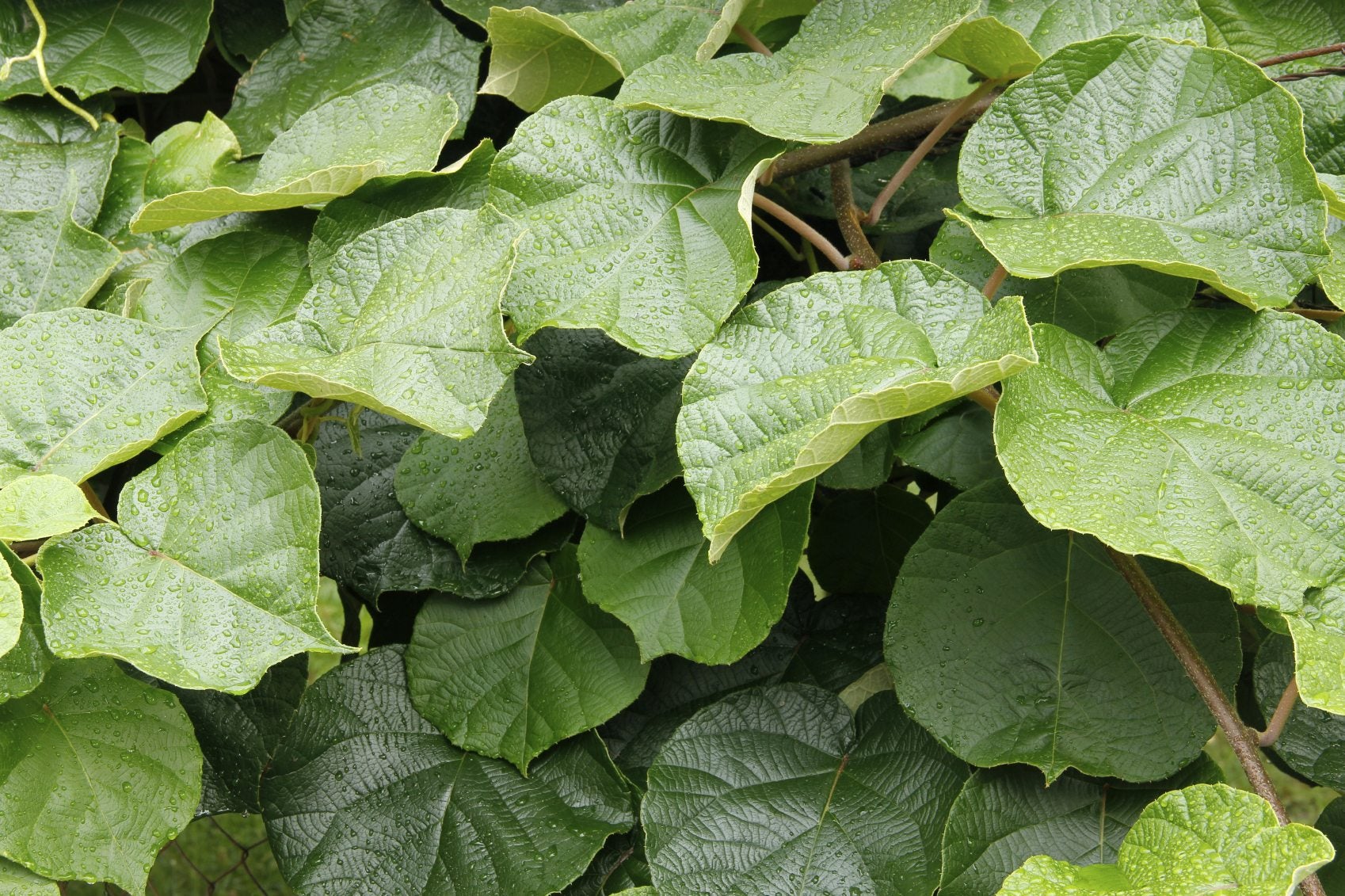 Kiwi Plant Not Flowering: How To Get A Kiwi Plant To Bloom
Kiwi Plant Not Flowering: How To Get A Kiwi Plant To BloomWhat should be done for a kiwi plant not flowering? If there are no flowers, there will be no fruit on your kiwi vine. To learn more about non-blooming kiwis, this article will help. Click here for more information.
By Karen Boness